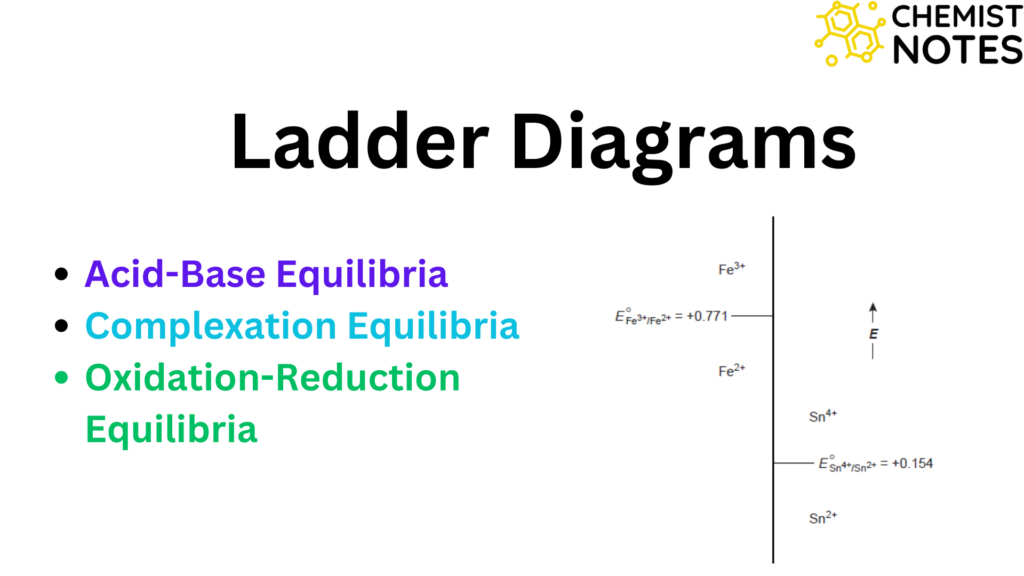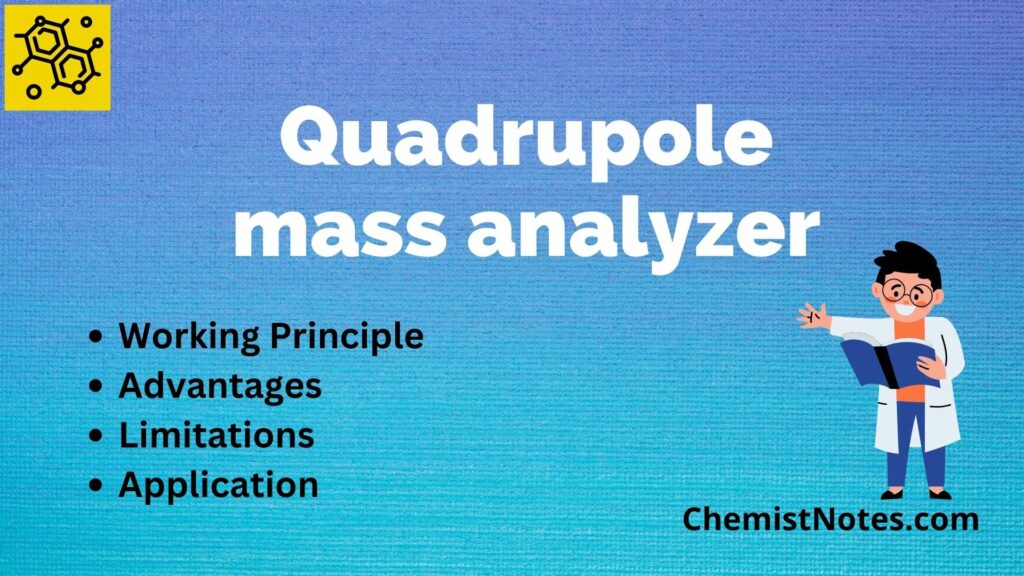Table of Contents
ToggleErrors in chemical analysis are simply defined as the difference between a measured value and the true value. It denotes the estimated uncertainty in a measurement or experiment.

During chemical analysis, error in measurement occurs due to faulty calibration, standardization or random variation, or uncertainty in results. By frequent calibration standardization and analysis of the known sample, the error can be minimized but it is impossible to perform a chemical analysis totally free of errors. In every chemical reaction, we want to minimize errors.
Types of Errors in chemical analysis
Errors are mainly of three types in chemical analysis:
- Random error (Indeterminate error)
- Systematic error (Determinate error)
- Gross error
1. Determinate errors
Determinate or systematic errors are those errors that have definite values and have some assignable cause. For every repeated measurement carried out in the same manner, these errors are consistently the same. Systematic errors usually introduce bias into the outcome of the measurement. The accuracy of the results is influenced by significant mistakes. These mistakes can also be identified and corrected because they are reproducible.
Bias measures the systematic error associated with analysis. It has a -ve sign if it causes results to be low and has positive sign if the results are high.
Types of determinate error (systematic error)
- Personal error: During the measurement of the analytical experiments, there is often a need for personal judgment. For example: estimating the portion of the pointer between two scale divisions, the color of the solution at the endpoint, the level of the liquid of the mark in pipette or burette, etc. The main source of personal error is prejudice or bias. Human has a tendency to estimate scale reading to the precision in a set of results. We sometimes knowingly cause the result to fall closer to the true value. Number bias is also another important source of personal error. Colour blindness person can cause a personal error in volumetric analysis.
- Operational error
- Instrumental or reagent error: The measuring tools also have a certain amount of determinate error. Burette, pipette, and volumetric flask, for instance, always deliver slightly differently from what the scale indicates. These inconsistencies primarily result from using the glassware at a temperature that is different than the calibration since doing so damages the container wall when it is heated to dry because of contamination on the interior surface. Due to excessive use and the battery’s low voltage, electronic devices may also experience errors. The failure to accurately and often calibrate the instruments could possibly be the cause of the errors. Similar to how changing temperatures can affect numerous electronic components, errors can result from these fluctuations.
- Methodic error: The non-ideal type of chemical and physical behavior of reagents and reactions on which an analysis is based can introduce methodic errors. The slowness of reaction, in the completeness of reaction, un-stability of chemical species, and possible occurrence of side reaction can cause methodic errors which may interfere with the measurement process. For example, in volumetric analysis, a small amount of excess reagent is necessary to change the color of an indicator to signify the completion of the reaction. The errors that are associated with the methods are often very difficult to detect and the most serious type of error out of all types of systematic error.
- Constant or proportional error: Constant type of determinate errors are independent of the size of the sample analyzed. When there are constant mistakes, the relative error changes as the sample size is altered, but the absolute error remains constant. As the size of the quantity being measured shrinks, the effect of constant error becomes more pronounced. Meanwhile, Proportional errors decrease or increase in proportion to the size of the sample. The presence of interfering impurities in the sample is the main cause of the proportional error. Iodine is released, for instance, while estimating Cu++ with potassium iodide. If the samples are contaminated with Fe+++ ions, I2 is also produced from KI, and an error in the estimation of Cu++ results. The amount of Fe+++ also doubles when the sample size is doubled, and error starts to become compulsive. Such errors are referred to as additive errors since the proportional error is sample size dependent.
2. Indeterminate errors (Random error)
Data are distributed more or less symmetrically around the mean value as a result of the indeterminate error. The precision of measurement reflects the random error. Hence, measurement precision is impacted by random or indeterminate errors.
Variable fluctuations that are unavoidable or unknown that may have an impact on the findings of experiments are what create indeterminate (or random) errors. Uncertainties in measurements can lead to random or indeterminate errors.
Errors of this kind, which are random or indeterminate, always exist in measurements. Such an error can never be completely ruled out. They are a significant factor in the determination of the analyte’s uncertainty. Most of the causes of random errors are impossible to pinpoint. Due to the low value of individual causes of such errors, they cannot be quantified even if their sources are known. However, the combined impact of all errors leads to large variability in the measurement at random.
3. Gross errors
Either too high or too low findings are the outcome of this kind of error. They are the outcome of human mistakes. Outliers, or results that appear to differ significantly from all other measured data in a set of repeated measurements, are frequently the result of gross error.
Minimization of errors
Indeterminate errors are beyond the control of the analyst, however, determinate errors can be minimized. Some of the common methods that can be employed for the minimization of errors are:
- Calibration of apparatus: The instrument’s calibration is one method of reducing error. Instruments should always be regularly calibrated because they could alter as a result of water, corrosion, overuse, etc. The calibration can be done using (i) comparison with a standard, and (ii) external standard calibration.
- Blank determination: A determination is performed under identical conditions by excluding the sample in order to reduce errors brought on by reagent impurities.
- Independent method of analysis: This approach enables the parallel use of the technique that is being evaluated and a reliable analytical strategy. The independent approach ought to differ as little as possible from the investigative approach. This reduces the possibility that a common element in the sample will have the same effect on both approaches. By using the statistical test, we were able to determine whether the bias in the method being studied or the Undetermined errors in the two approaches was to blame for the difference in the results.
- Control determination: To reduce errors, a standard material is employed in experiments under identical experimental conditions.
- Dilution method: The dilution method is a vital technique for lowering interference errors. In this procedure, dilution is carried out in a way that interferent species have little to no impact below a specific concentration. This approach requires extreme caution because the sample is diluted, and the dilution may change how the sample’s analyte is measured.
- Standard addition: The known amount of standard solution of analyte is added to one portion of the sample. The responses before and after the addition are measured and used to obtain the analyte concentration. The standard addition method assumes the linear relationship between response and analyte concentration.
- Internal standard method: A known amount of reference species is added to all the samples, standard, and blank. The response signal is obtained as the ratio of the analyte signal to the reference species signal. It is utilized in chromatographic and spectroscopic analysis.
- Parallel determination: To reduce the likelihood of unintentional errors, duplicate or triple determination is performed instead of a single determination.






